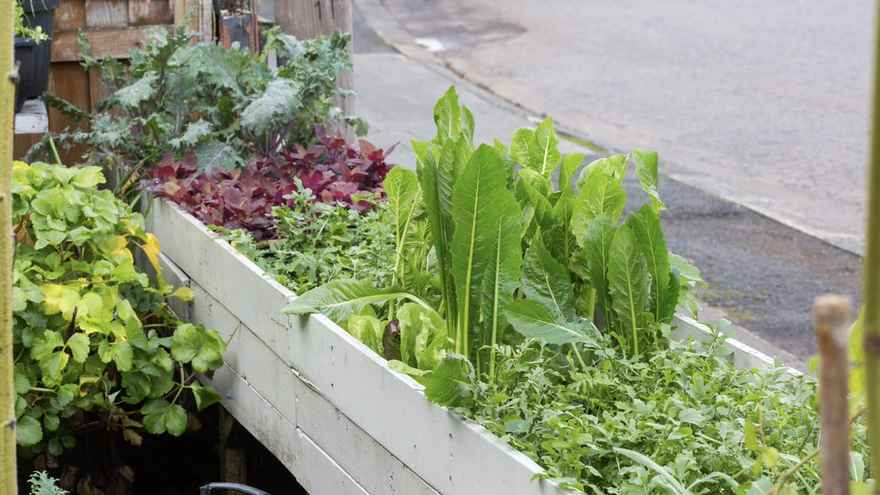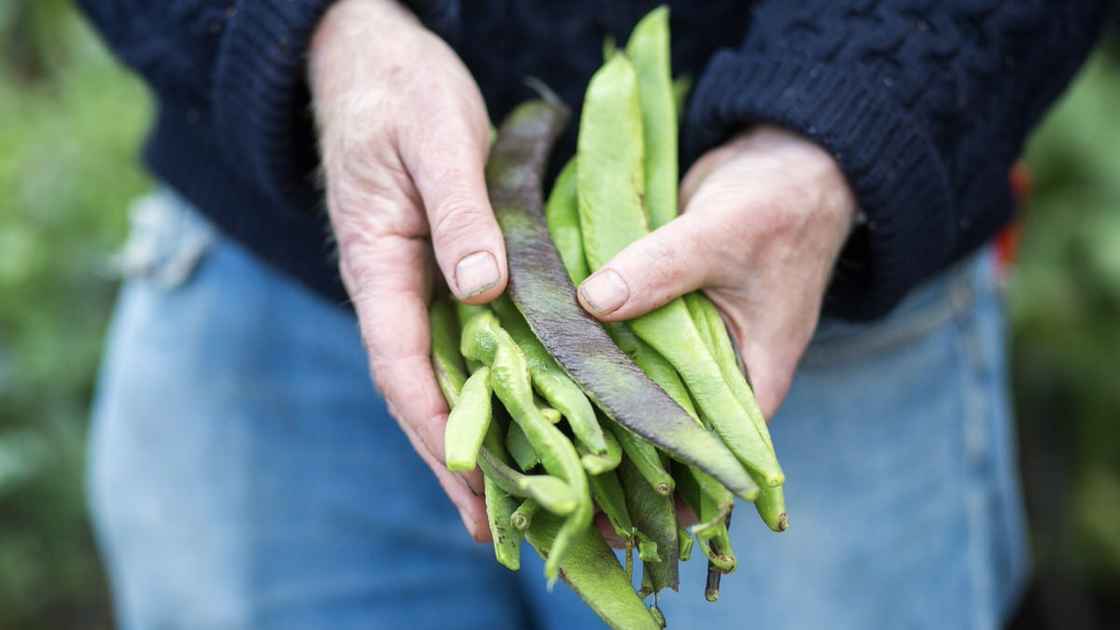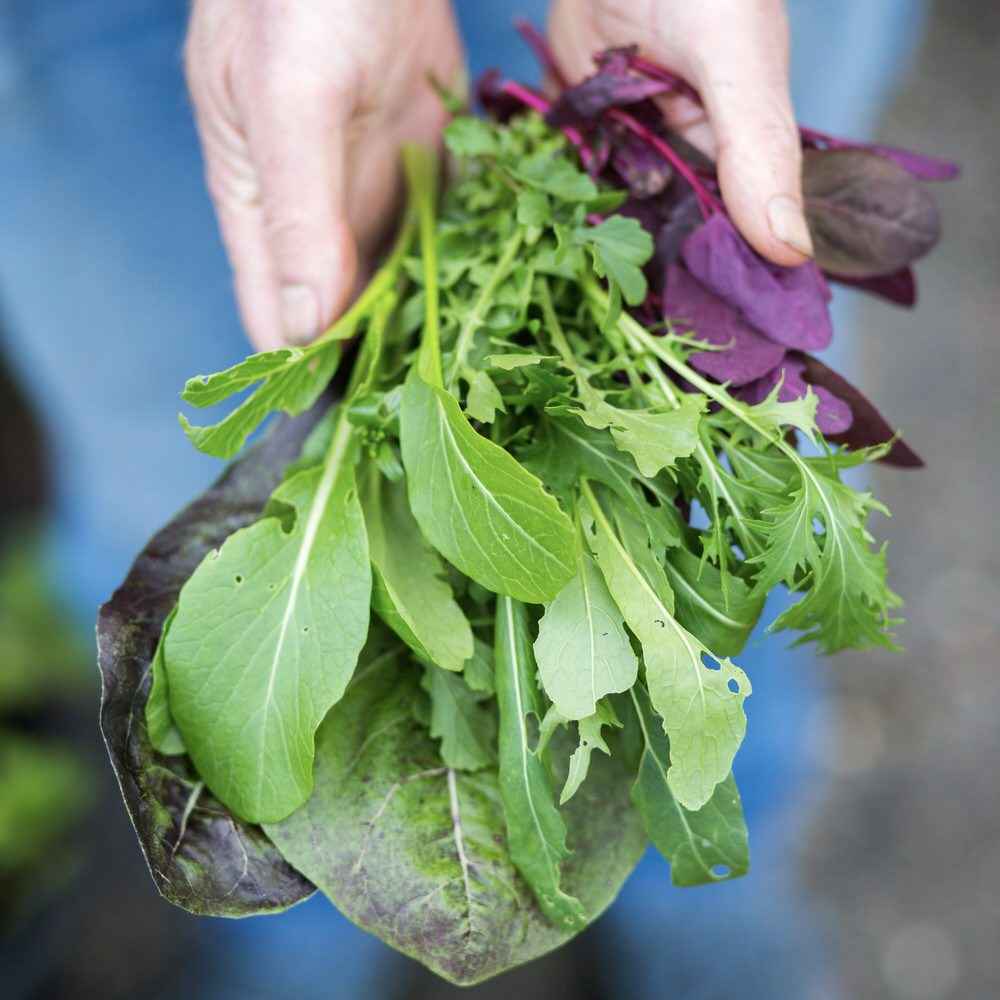What to do in November

As we descend into November, temperatures cool, days get shorter and light levels drop. Growth in the containers slows - and can even grind to a halt if it gets very cold (winters are becoming increasingly variable - and it's hard to know what to expect at this stage). This is a quieter month in the container garden, but there are tasty crops to pick and some useful jobs to do:
- Care for winter crops.
- Get your wormery ready for winter.
- Sow broad beans and garlic
If you fancy the idea of a few spring bulbs in your containers - and I must confess that I love the colour splash of a few tulips - now is the time to plant them. This might sound weird, but tulip petals are also edible, tasting quite like fresh peas!
This month, the main harvests usually include full flavoured salad leaves, like rocket, sorrel and pea shoots; herbs like parsley, rosemary, sage and mint; and the last tomatoes. I've also got a few runner beans left this year, a first for November. As the weather cools and the salad pickings get smaller, I start to buy the occasional lettuce from the shops. I use the shop bought leaves as bulk and then add a handful of homegrown leaves to add extra flavour and colour.

A November harvest of heritage runner beans - they kept producing longer than usual due to the warm autumn.
1. Care for winter crops
If you planted some winter crops these should be well enough established now to survive the cold snaps. Remember to remain vigilant about slugs (they don't usually hibernate for a while), and to water containers during dry periods (it's been unseasonably dry here in Newcastle recently - and it's easy to forget about watering at this time of year).
As the weather cools, most winter crops, like salads, will grow better if given protection with cloches or fleece on cold days. I used to do this but found the plastic rather unsightly and also a time consuming fiddle to set up over containers. I leave my winter crops unprotected now, and, although everything grows a bit slower, it saves a lot of time and still get a trickle of leaves to eat most of the autumn.
Orach purple emperor, endive, mizuna, mibuna, rocket / arugula and Japanese flowering shoots: a typical November salad picking from my container garden.
2. Prepare your wormery for winter
Worms work best at temperatures between about 12 and 24 degrees Celcius (53 - 75 Fahrenheit). Below this, they become less active and will require less food (and no food at all when it is freezing). Take care not to overfeed them. The extra food will become rancid and smelly - yuk. Also, try to keep your wormery at least two thirds full. When its cold your worms will retreat into a huddle in the middle - and the more biomass (ie stuff!) you have in your wormery, the more insulated your worms will be.
Worms can survive outside ok in winters in most parts of the UK - but if your wormery is in an exposed, windy place, try to move it somewhere more sheltered if you can. If necessary, you can wrap it in insulation (like an old carpet), although I've never found this necessary.
 Keeping a wormery nice and full will help to insulate the worms. Feed it less, too.
Keeping a wormery nice and full will help to insulate the worms. Feed it less, too.
3. Sow broad beans and garlic
Broad beans are not a productive container crop - they take up a lot of space for a small harvest. But if you love broad beans (like me!), you may want to grow a pot or two. By sowing them early this month, you'll get an earlier crop next year, they'll be more resistant to blackfly, and you'll add greenery to your pots over winter. Look for a winter hardy variety, like aquadulce.
Garlic is a slow growing crop, but it doesn't take up a lot of space in a container. It's smell may also deter pests. Sow it now or early spring.
Your turn
What are you doing in your container garden this month - have you put your feet up for the winter or are you growing a whole range of winter crops? Whatever you're doing, I'd love to hear!


19 comments
Leave a comment